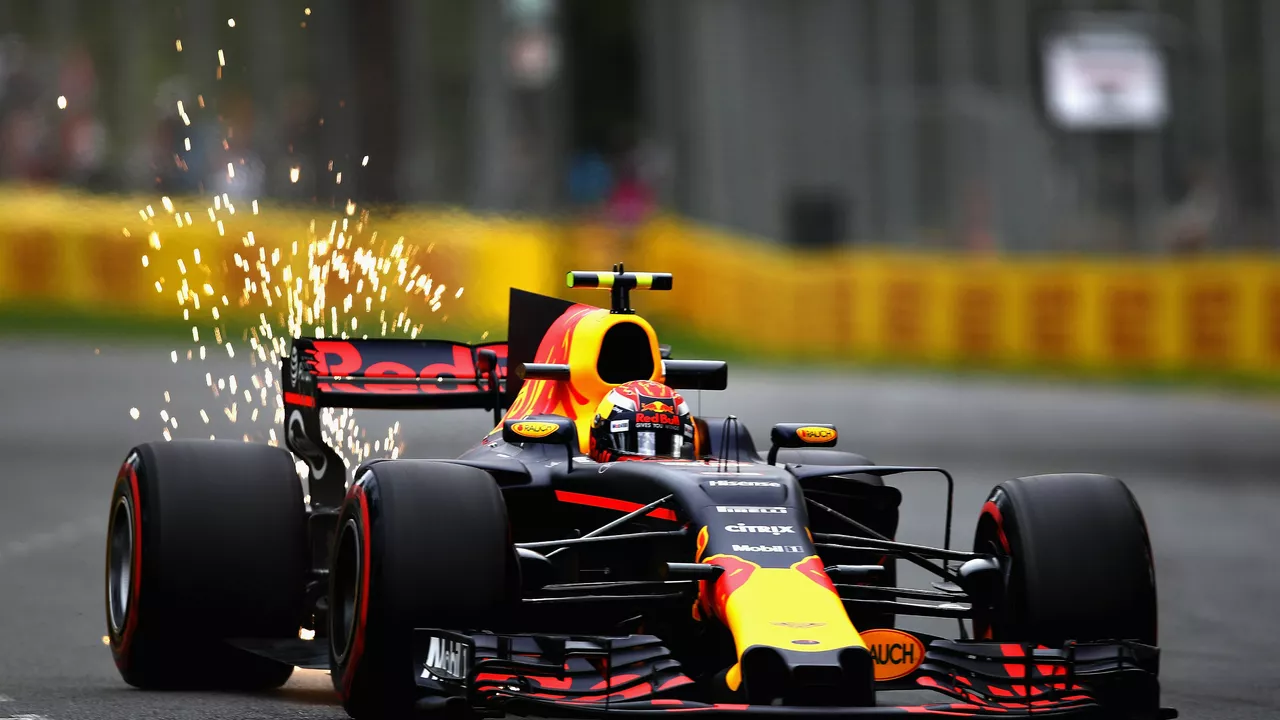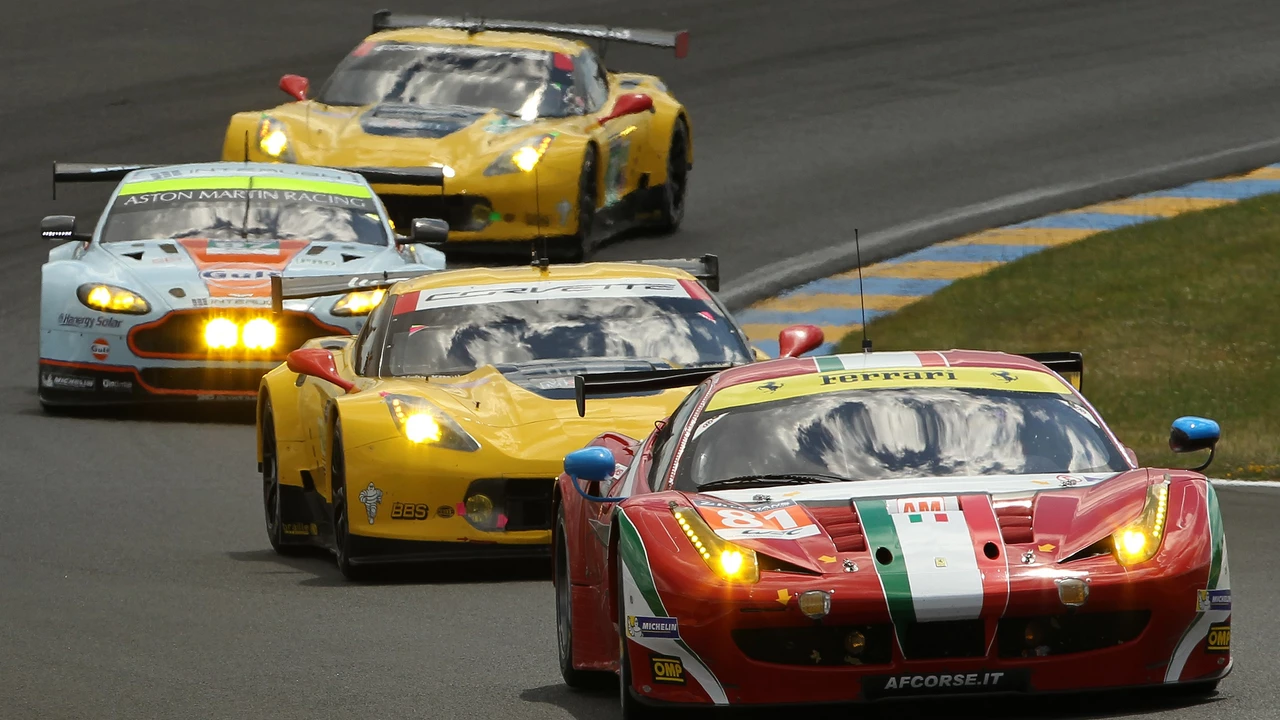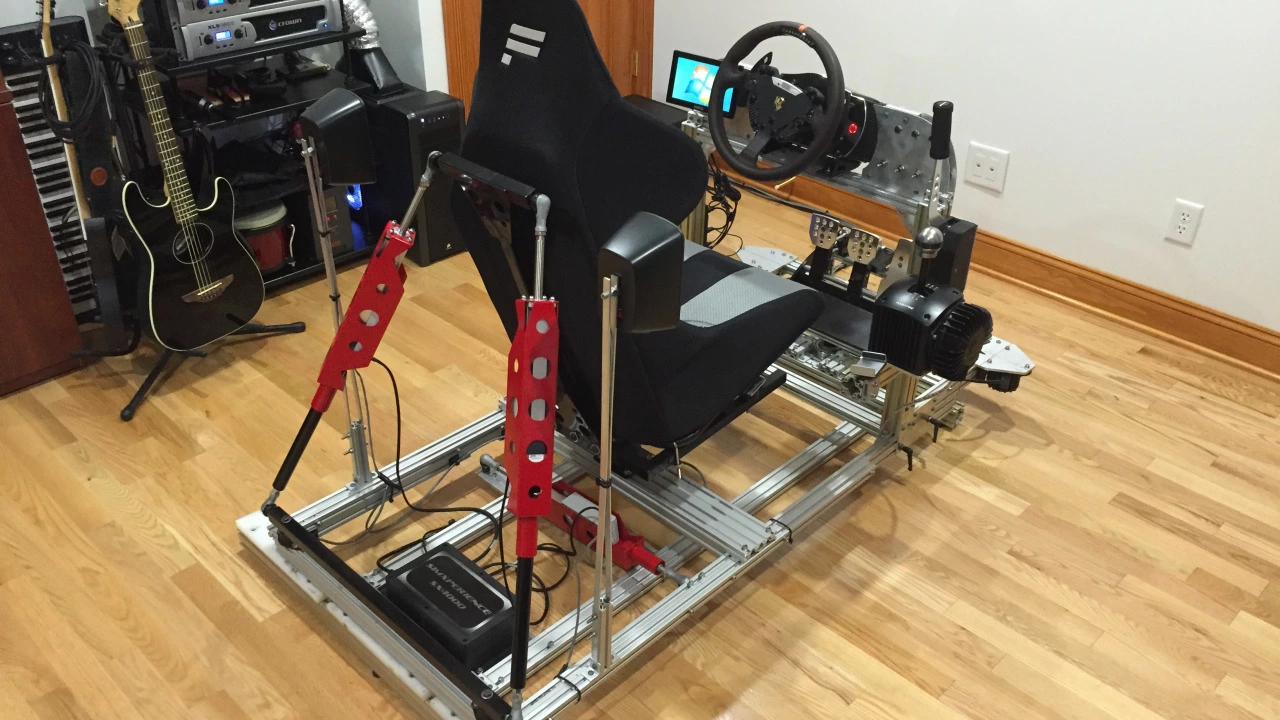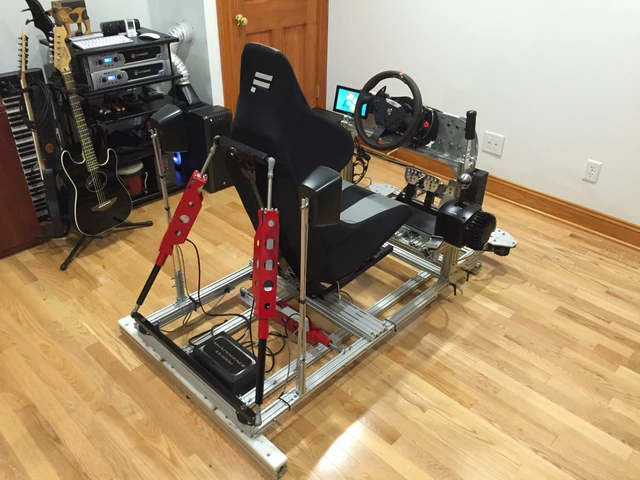July 2023 Highlights on Subaru Motorsport Hub
Welcome back, gearheads! July brought a mixed bag of practical guides, deep‑dive explanations, and eye‑opening facts. Below you’ll find the most useful takeaways from our five hottest posts.
Where to study automotive engineering in the UK
If you’re dreaming of designing the next Subaru rally monster, the University of Bath should be on your radar. It consistently tops the UK rankings for automotive engineering, thanks to world‑class faculty and state‑of‑the‑art labs. Think of it as the "Lewis Hamilton" of universities – always on pole position. The campus offers hands‑on projects, industry links, and a strong alumni network that can jump‑start your career.
DIY racing simulator – bring the track home
Want the rush of a race without leaving your sofa? Building a racing simulator is easier than you think. Start with a decent gaming PC, add a wheel‑and‑pedal set, and pick a sturdy racing seat. If you can splurge, a VR headset and a shifter bring the experience up a notch. Keep cable management tidy, calibrate your wheel, and you’ll be lapping virtual circuits in no time.
Ever wondered why the top tier of car racing is called "Formula 1"? The word "formula" simply means the rulebook each class must follow. "1" denotes the highest‑level set of regulations, with F2, F3, and others sitting below. Those rules cover everything from engine size to aerodynamics, creating a clear hierarchy that fans and teams understand at a glance.
Homologation rules might sound technical, but they’re all about fairness. In motorsport, a car has to be a production model you could buy off the lot – no one‑off prototypes. This levels the playing field and pushes manufacturers to bring race‑derived tech to everyday drivers. Think of it as a quality‑control checkpoint that benefits both racers and road‑car owners.
Curious about how much race car drivers earn? The numbers vary wildly. Rookie drivers may start around $50,000 a year, while top‑tier stars can pull in tens of millions, especially when you add sponsorships and endorsements. A Formula 1 champion can easily hit $40 million annually, not counting brand deals. So the sport can be wildly lucrative, but it also demands talent, marketability, and a dash of luck.
All these topics share a common thread – they’re practical, real‑world insights that can help anyone interested in the motorsport world, whether you’re studying, building, or just dreaming big. Keep checking the archive for more hands‑on guides and behind‑the‑scenes looks at how the racing world ticks.
Got a question that wasn’t covered? Drop us a comment or join the community discussion. We love hearing what you’re curious about, and we’ll turn the best ideas into the next post.

Which is the best university in UK for Automotive engineering?
Revving your engines up for a career in automotive engineering, huh? Well, buckle up, because the University of Bath is where you should set your GPS! It's the Lewis Hamilton of UK universities for Automotive Engineering, consistently grabbing pole position in university rankings. With a pit crew of world-renowned faculty and cutting-edge facilities, you'll be lapping the competition in no time. So, if you've got the drive and the ambition, the University of Bath is your fast lane to success!
CONTINUE READING
Why is car racing called 'Formula 1' and some other 'formulas'?
In my recent deep dive into the world of car racing, I discovered why it's called 'Formula 1' and how other 'formulas' fit into the mix. The 'formula' refers to the specific set of rules each car must follow, with '1' indicating it's the highest level of international racing. Other formulas, like Formula 2 and 3, also exist, each with their own set of regulations but are considered lower tiers. The numbering essentially represents the hierarchy in the racing world. So, when we talk about Formula 1, we're referring to the pinnacle of international car racing, bound by a unique set of rules.
CONTINUE READING
How much do race car drivers make?
In the exhilarating world of race car driving, earnings can vary greatly. On the low end, rookie drivers might only make around $50,000 annually, but at the other end of the spectrum, top professionals can pull in millions. Much of a driver's income also comes from sponsorships and endorsements, which can multiply their earnings significantly. The highest earners, like Formula 1 stars, can earn up to $40 million per year, not including their lucrative endorsement deals. So, while there's a broad range, it's clear that successful race car driving can be an incredibly profitable career.
CONTINUE READING





